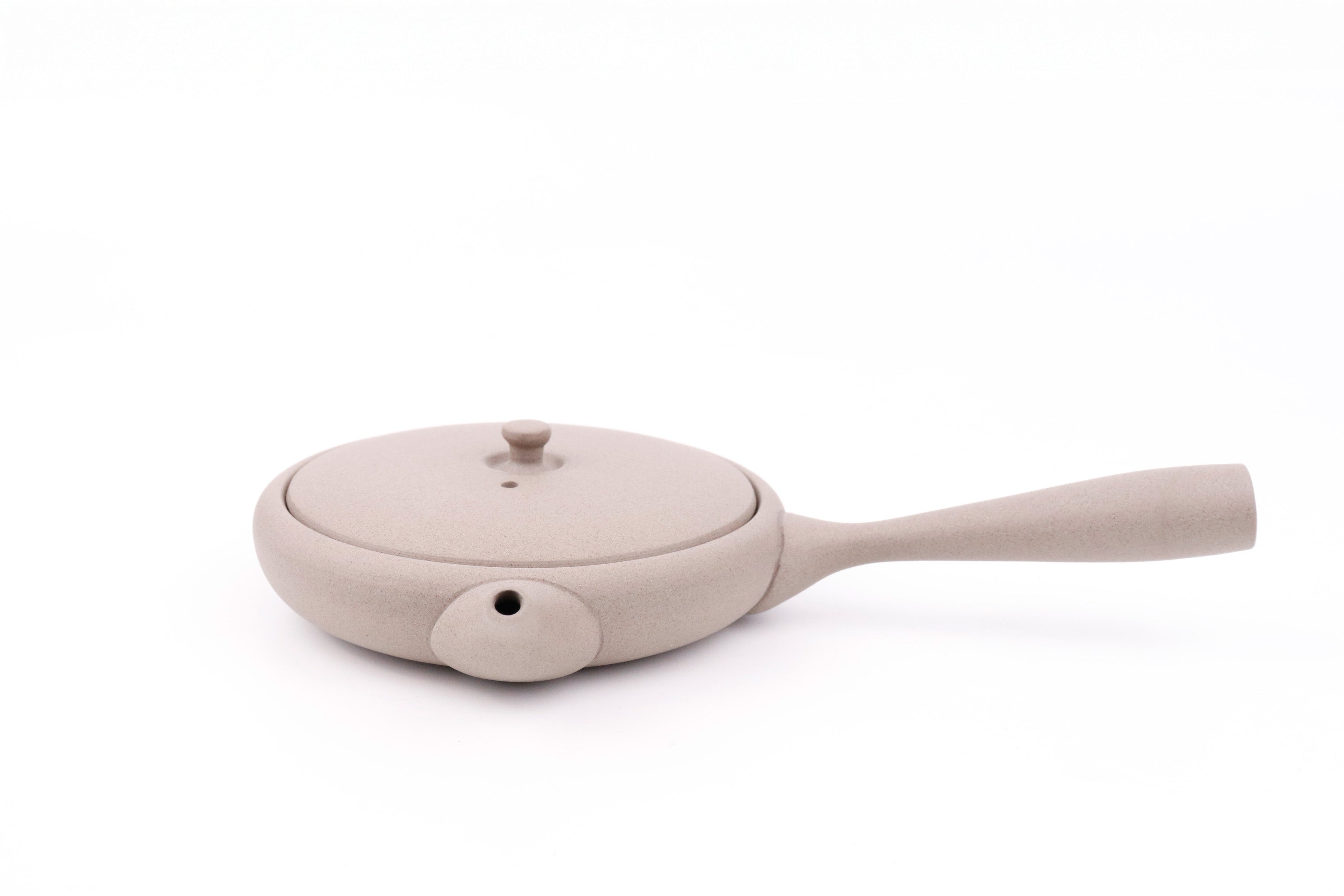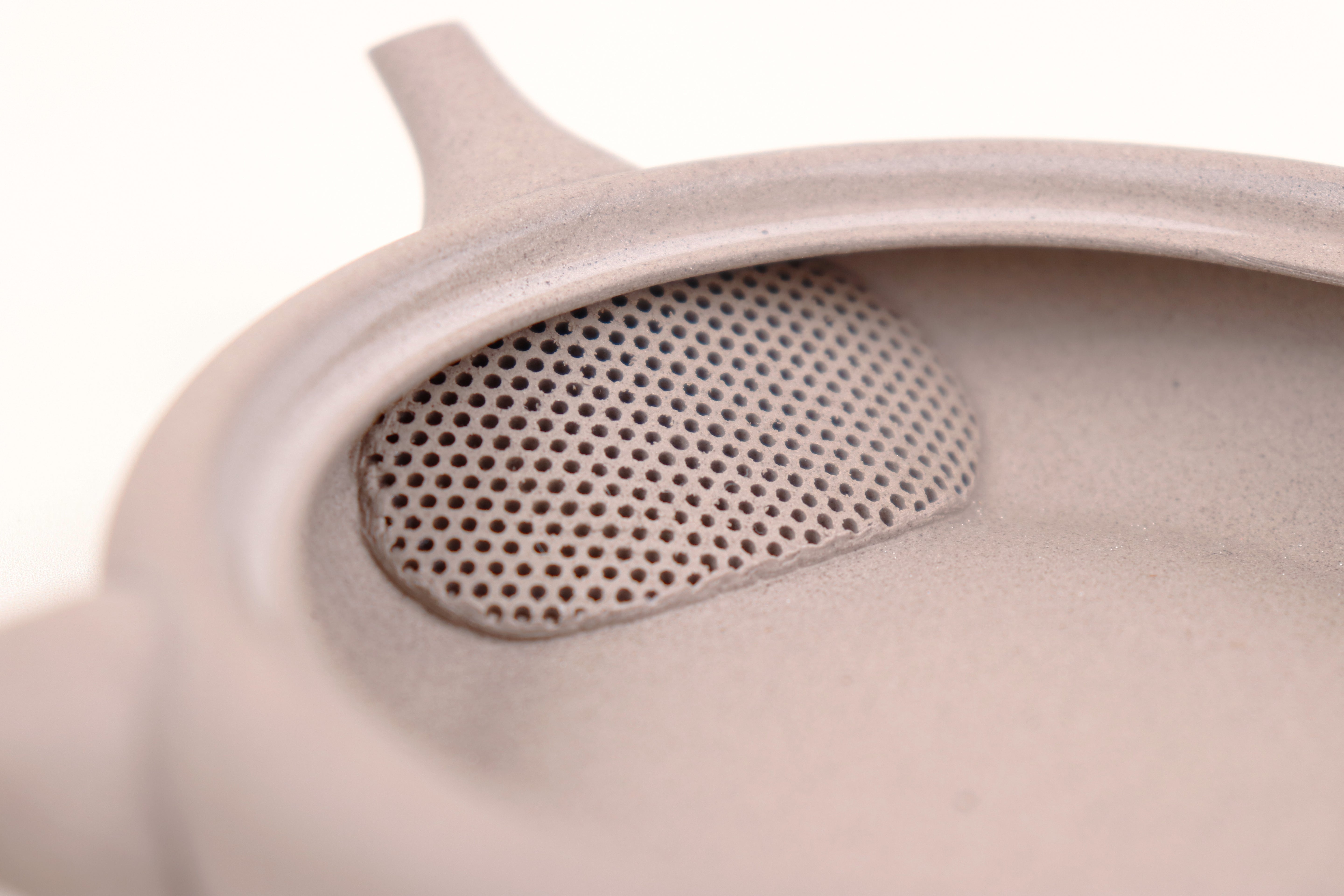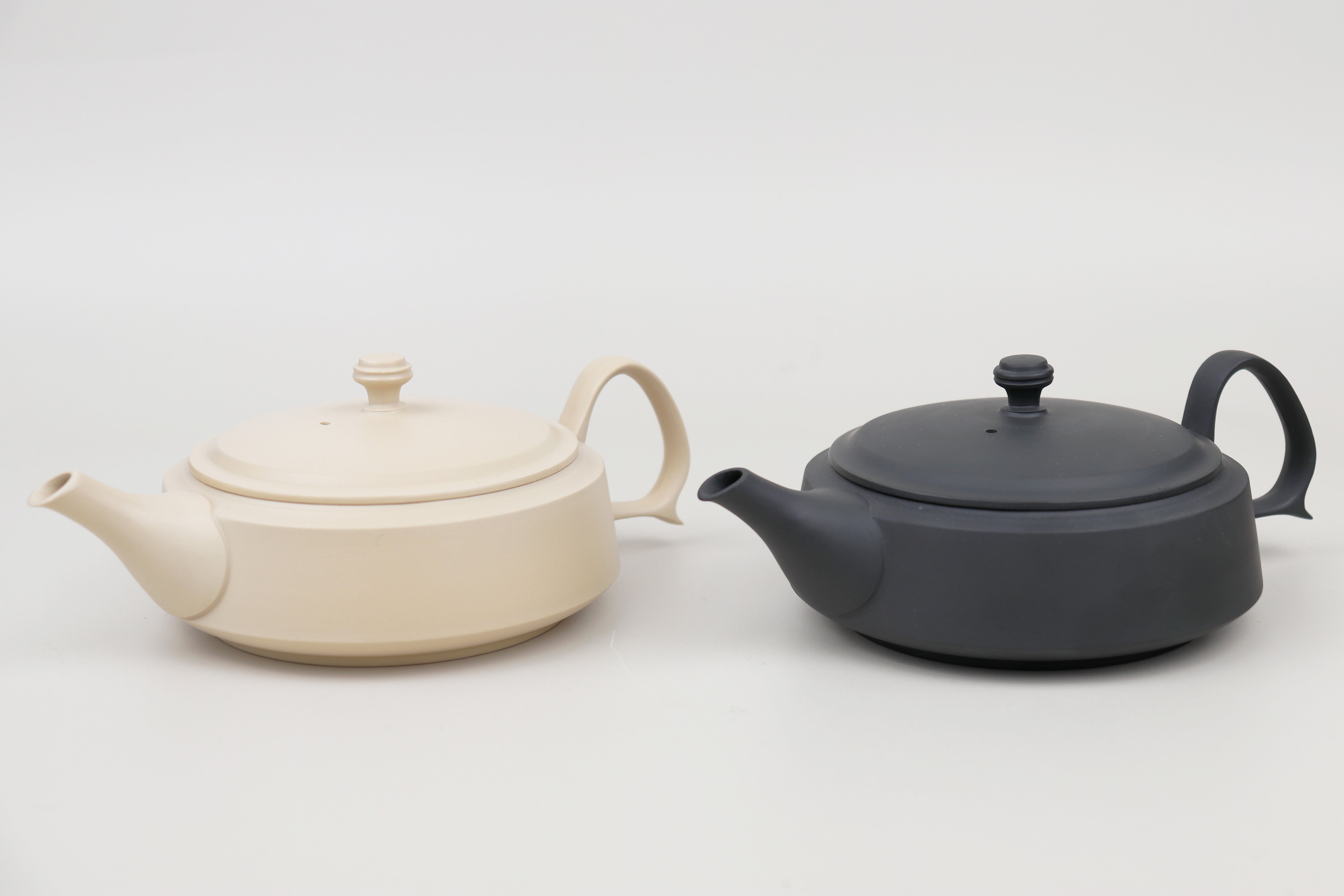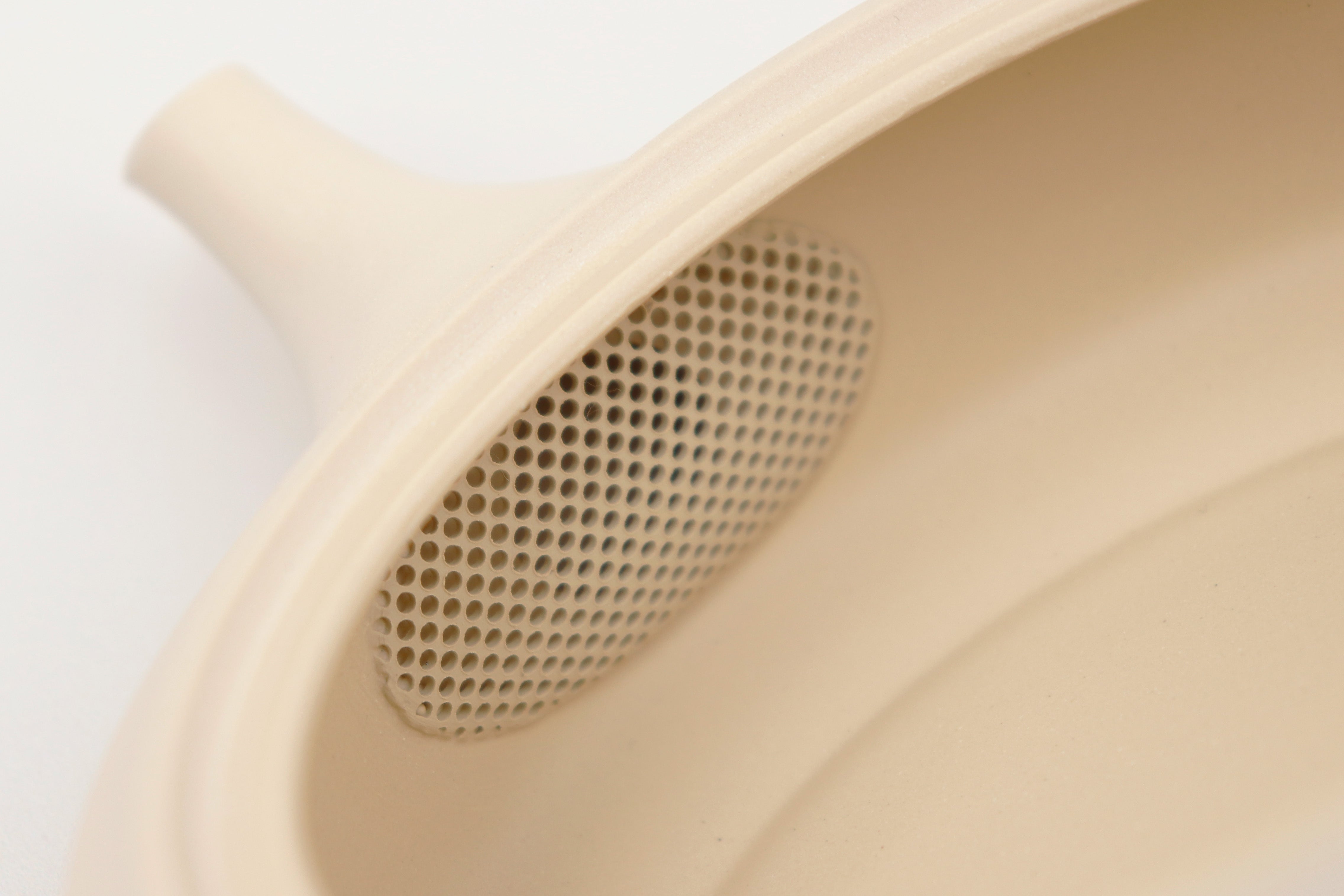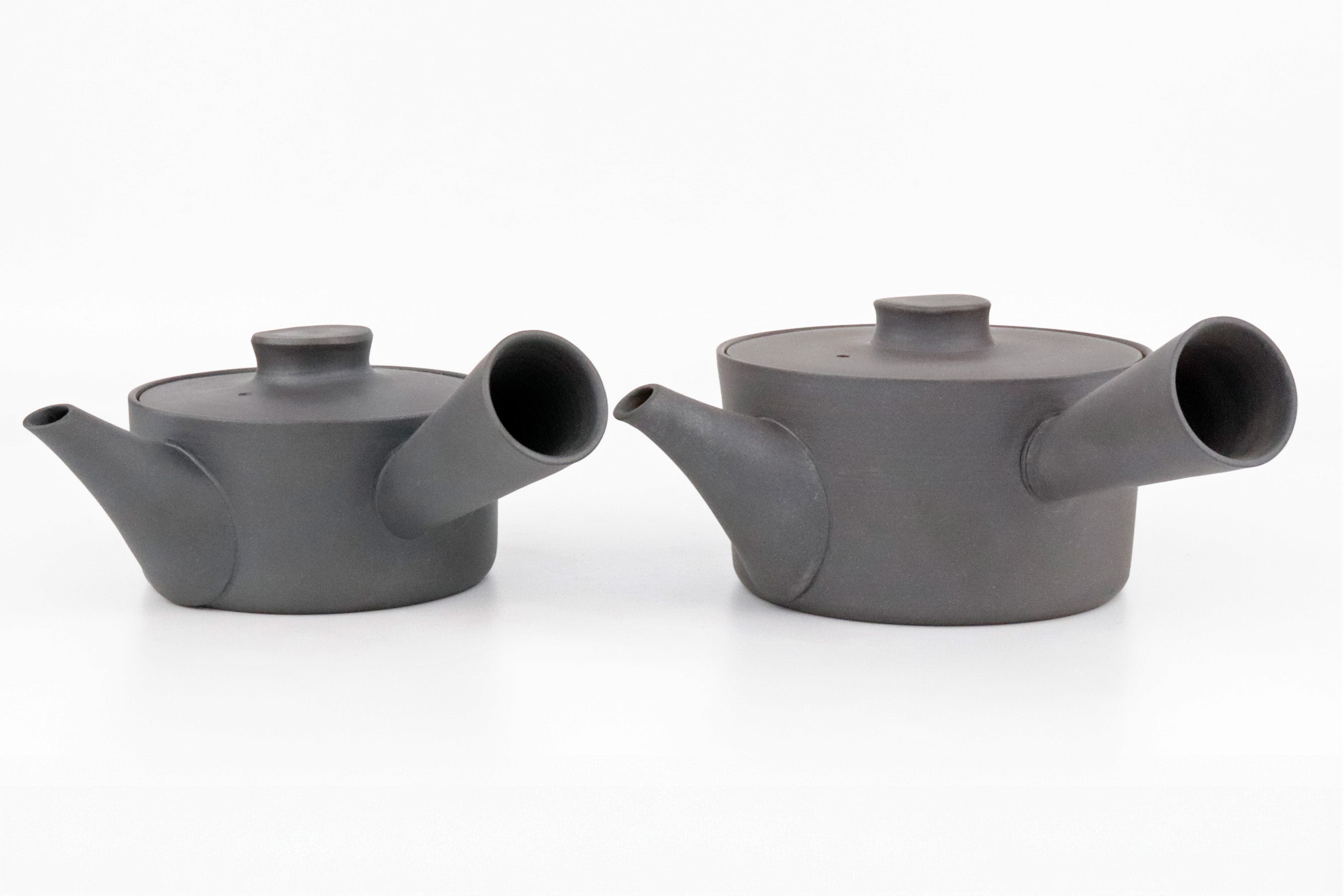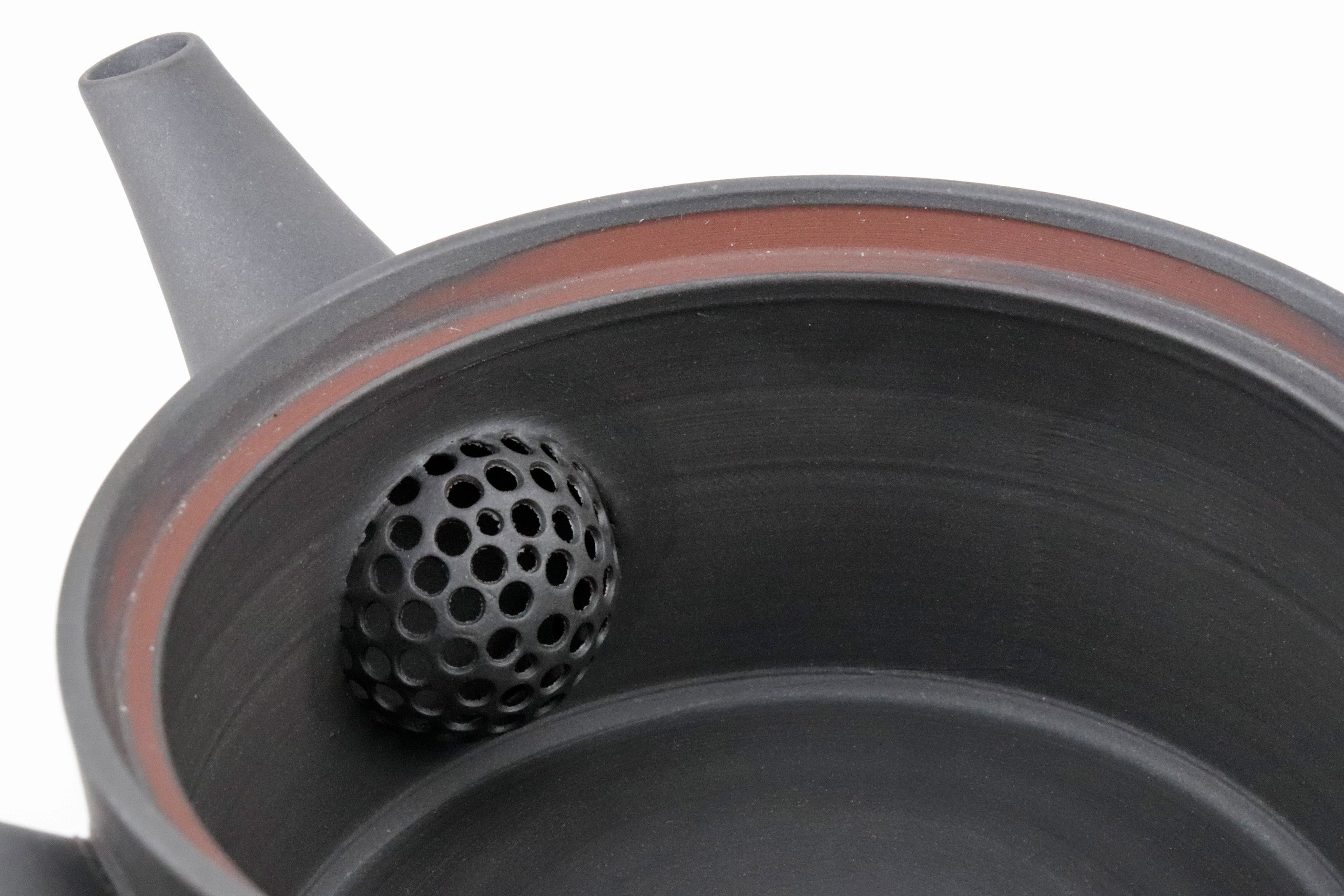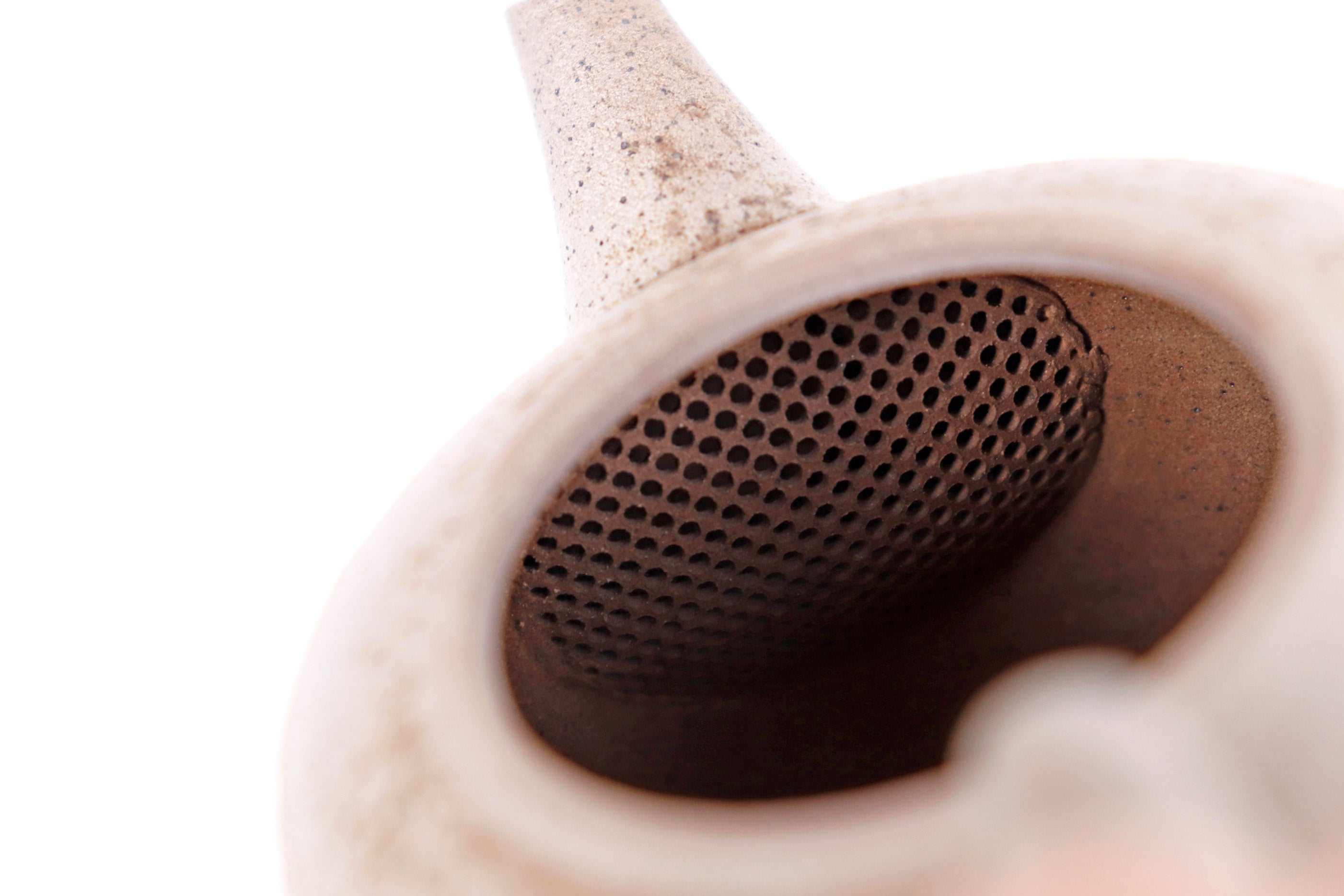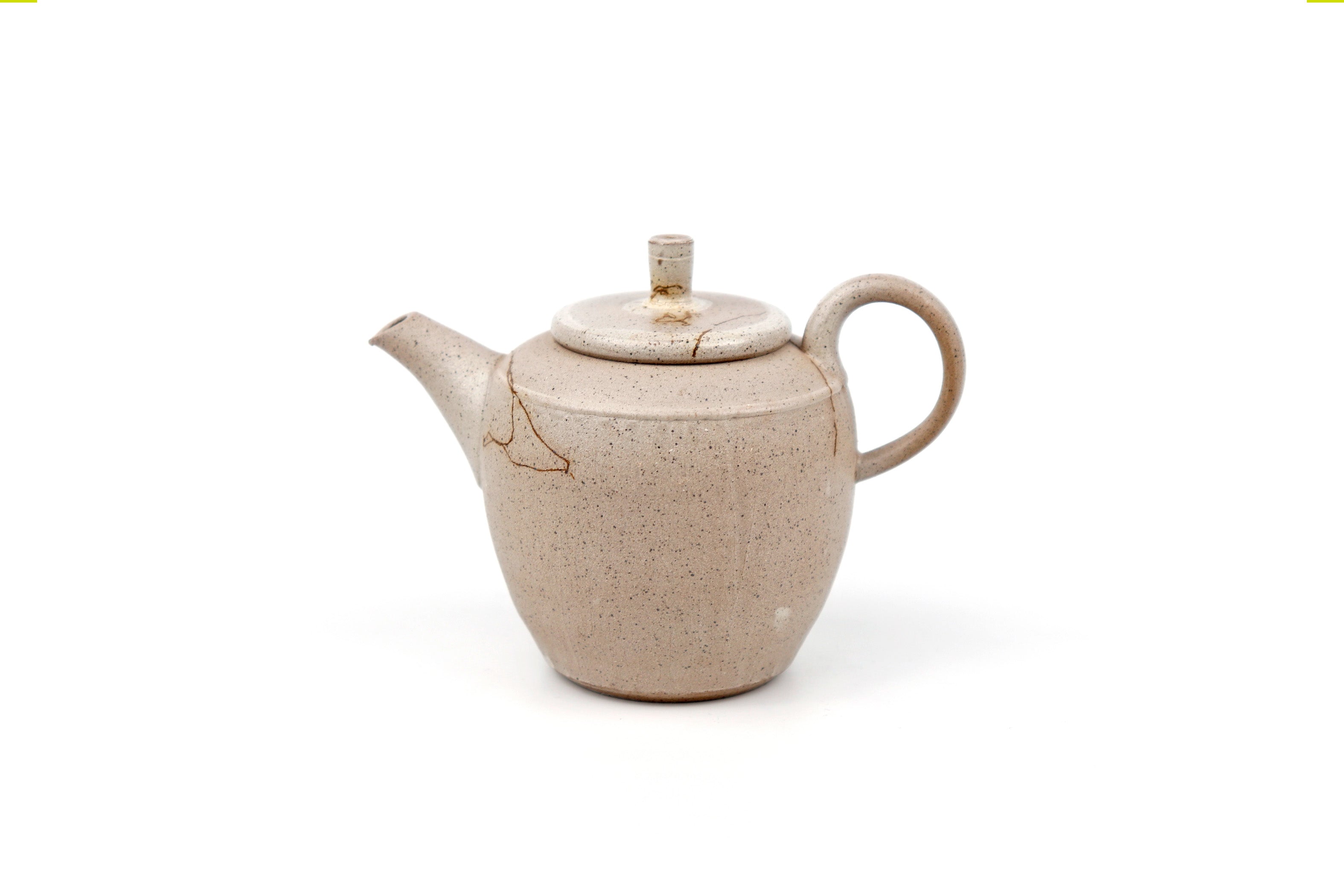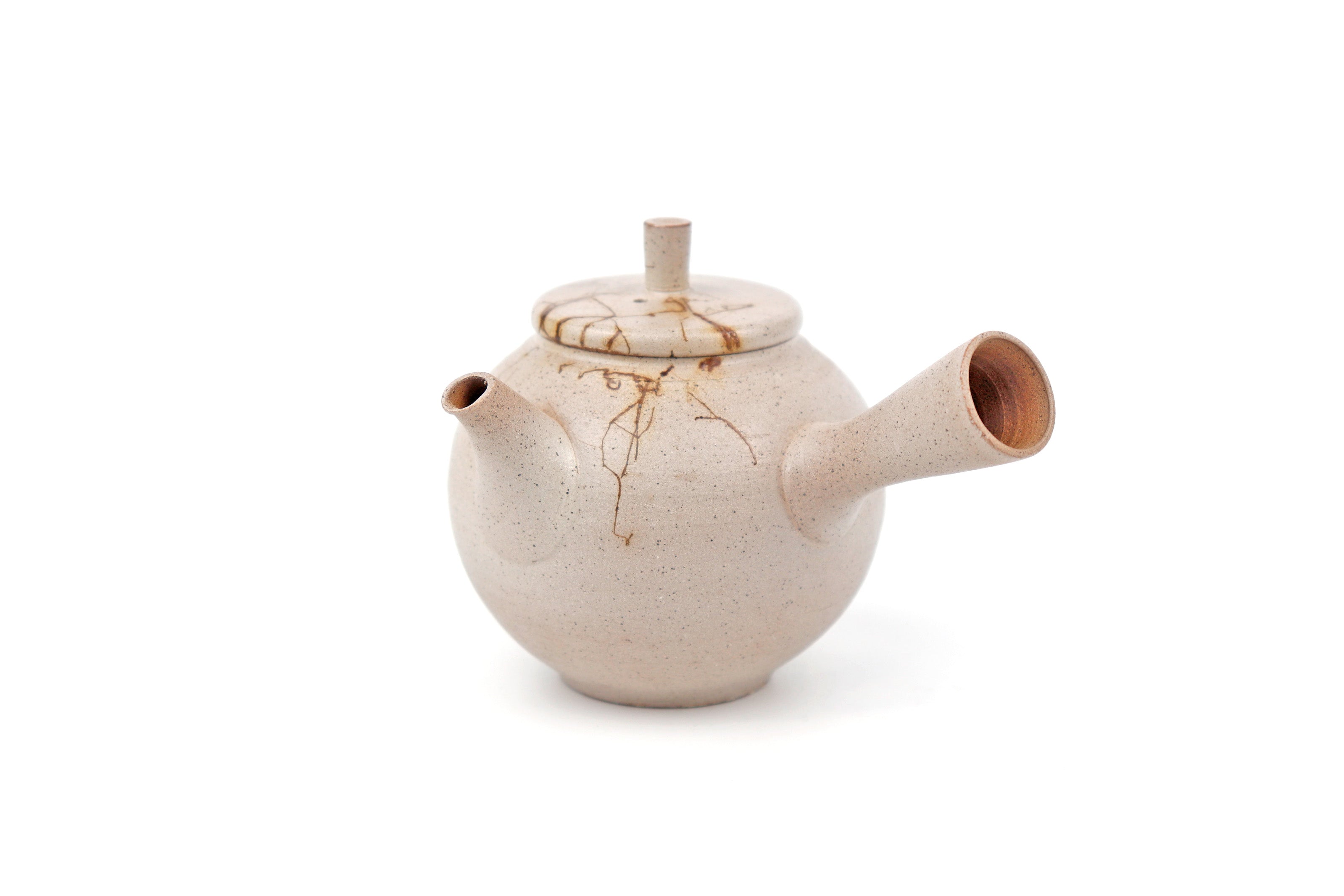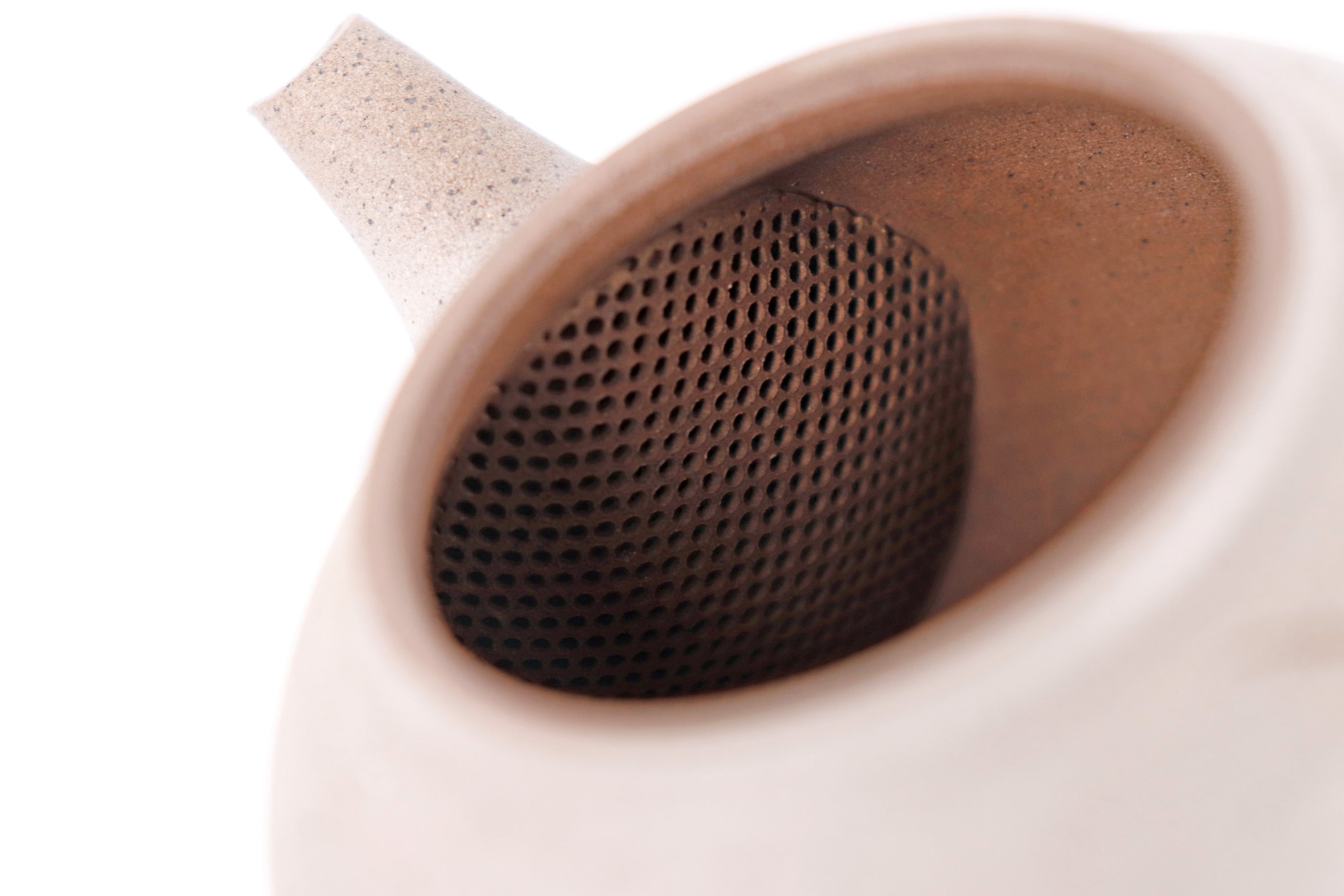






GOKO (Kabuse Sencha / Kyoto)
Sweetness (Umami): ★★★★ Astringency: ★ Color: ★★★
Color of tea water Left: 1st brew Right: 2nd brew
Goko from Wazuka Town, Kyoto Prefecture
This variety is often enjoyed with gyokuro or matcha, but this time we finished it with kabuse sencha.
The characteristics of single-origin goko are the strong sweetness and umami of tea leaves, which have a strong impact.
The first infusion has almost no astringency or grassy smell, and the rich umami, sweetness and mellow aroma that have the impact of carefully prepared dashi soup will stimulate your five senses.
Even in the second infusion, there is almost no astringency, and while the impact of umami and sweetness remains, you can enjoy the depth of the mellow mouthfeel and the refreshing side of gokou.
・About Kabusecha
Kabusecha is a Japanese green tea produced by covering the tea plants to block sunlight.This reduces the level of catechins—the compounds responsible for bitterness and astringency—and highlights the tea’s natural sweetness and umami.
Typically shaded for about one week—shorter than gyokuro’s 20 days—it is often described as a tea between sencha (standard green tea) and gyokuro (high-grade shaded tea), combining the mellow sweetness of gyokuro with the refreshing character of sencha.
【Characteristics of Wazuka Tea】
Located in the mountains of Kyoto, Wazuka has a history of more than 800 years as a tea-producing region, known for cultivating leaves of exceptional quality.
The area’s large temperature differences between day and night, together with frequent mist, soften direct sunlight and produce tea with a mellow taste and natural sweetness.
【 Tea Leaf Storage Instructions 】
・Store unopened tea in a cool, dark place away from direct sunlight, heat, and humidity. For extended storage, keep it sealed, freeze, and let it return to room temperature before opening.
・After opening, place the tea in an airtight, opaque container and keep it in a cool, dark place. For best quality, enjoy as soon as possible, ideally within one month.
・Avoid storing near strongly scented items, as tea easily absorbs odors.
Choose options







【KATAKUCHI MATCHA BOWL】MATCHA BREWING KIT













Contents
◆ Katakuchi Matcha Bowl
◆ Takayama Chasen (Black Bamboo Whisk or White Bamboo Whisk)
◆ Chashaku (Smoked Bamboo or White Bamboo)
◆ Matcha #1 YUGEN Original Blend (30g)
How to brew delicious tea
【 Basic Measurements 】
・For 1 serving : 4-6g tea leaves / 100ml hot water
◆ First Brew
Water temperature : 50°C
Steeping time : 2 minutes
Point : Brewing slowly at a low temperature results in almost no bitterness or astringency, allowing the deep umami flavor to shine through.
◆ Second Brew
Water temperature : 60°C
Steeping time : 30 seconds
Point : Slightly increasing the temperature brings out a new layer of aroma and mild astringency, along with a gentle umami taste distinct from the first brew.
→UJIHIKARI (Gyokuro / Kyoto)
【 Basic Measurements 】
・For 1-2 servings : 5g tea leaves / 160ml hot water
・For 3-4 servings : 8g tea leaves / 300ml hot water
◆ First Brew
Water temperature : 85°C
Steeping time : 90 seconds
Point : Enjoy the signature aroma of sencha along with a refreshing bitterness and astringency, balanced by a gentle umami and subtle sweetness.
◆ Second Brew
Water temperature : 85°C
Steeping time : 20-30 seconds
Point : Slightly increasing the temperature enhances the astringency, offering a lighter, more refreshing taste compared to the first infusion.
◆ Third Brew
Water temperature : 95-100°C
Steeping time : 10 seconds
Point : A short steep with boiling water brings out a soft bitterness and astringency, creating a clean, mellow finish.
→ OKUMIDORI (SENCHA / KYOTO)
【 Basic Measurements 】
・For 1-2 servings : 5-6g tea leaves / 160ml hot water
・For 3-4 servings : 8-10g tea leaves / 300ml hot water
◆ First Brew
Water temperature : 65°C
Steeping time : 90 seconds
Point : Brewing at a lower temperature reduces bitterness and astringency, allowing you to fully enjoy kabusecha’s signature “covered aroma” (ooika) and its rich umami flavor.
◆ Second Brew
Water temperature : 85°C
Steeping time : 20-30 seconds
Point : Using hotter water brings out a slightly more astringent profile, offering a new dimension of flavor compared to the first brew.
◆ Third Brew
Water temperature : 95-100°C
Steeping time : 10 seconds
Point : A quick steep with boiling water draws out a gentle bitterness and clean astringency for a refreshing finish.
→GOKO (Kabuse Sencha / Kyoto)



